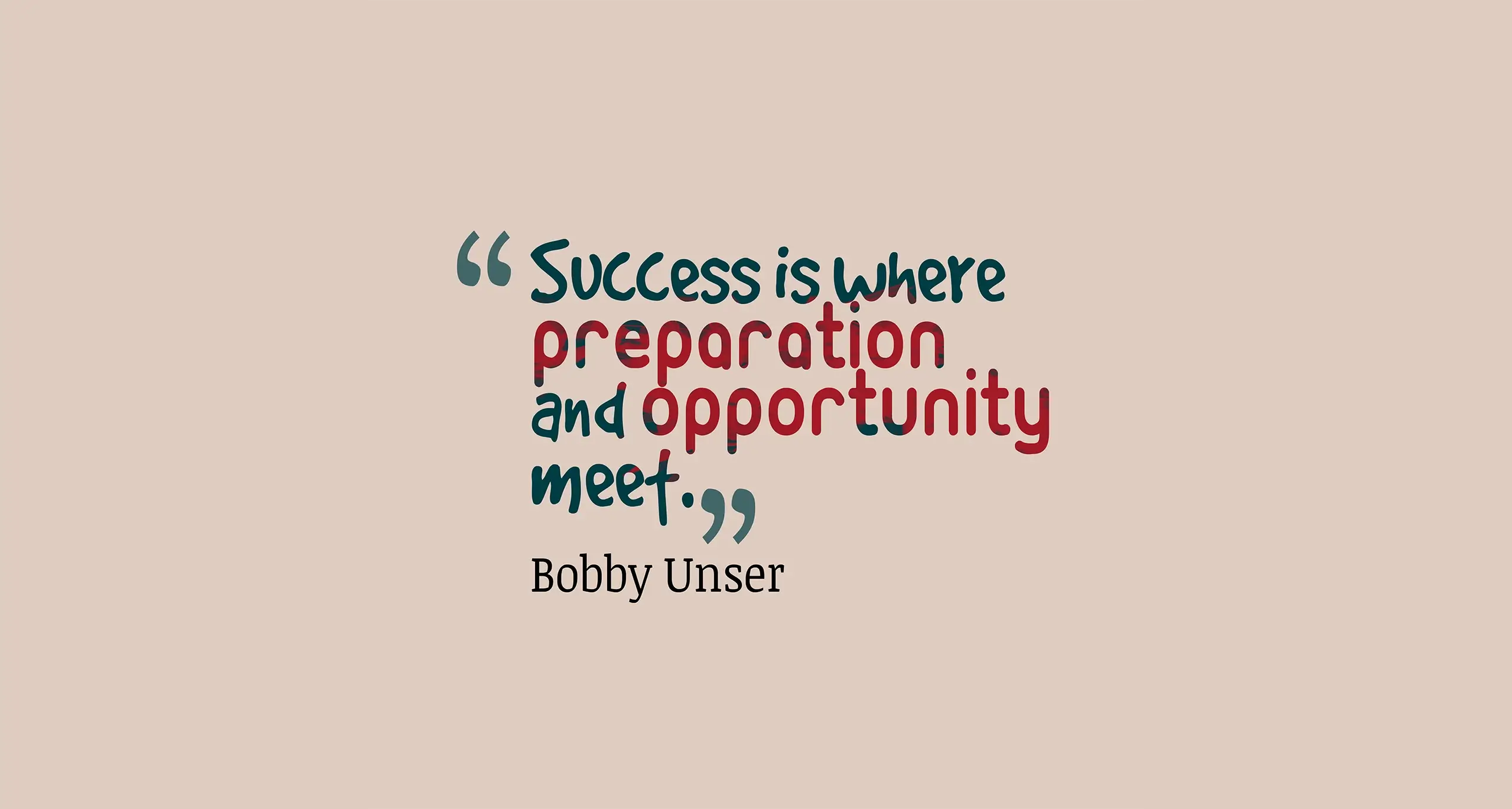How Much Will it Cost?
According to this article, nearly two thirds of enterprise IT projects go 100% over budget!
Software development costs are almost impossible to calculate. For instance: How much does it cost to build a house? The answer is complicated. How many bedrooms or bathrooms, heating in the floors, 10 or 15cm insulation? What kind of flooring? Are you going to ask for a 2nd bathroom in the middle of construction? You get the picture.
Remember: Talk is Cheap.
More often than not, discussions lead to simpler solutions requiring little or no development work. Therefore, it’s almost always better to use time on problem analysis and digging deeper into uncertainty, in order to investigate alternatives. The result is that often perceived problems aren’t problems at all, or there is an alternative work process that can be used instead of building complex and costly solutions.
Building a Product and a Team
When building a product and team, creating a prioritized feature list will usually help you understand what is needed. For example, do you have resources at hand who know how to build digital products? Can you do it alone?
Insufficient or poor resources will eventually delay the product’s release, or even worse lead to poor quality and unhappy users. Furthermore, differentiating and understanding the difference between “nice to have” and “need to have” is a great skill to cultivate. Not building something is nearly always as important as building something.
Ask Questions
Ask yourself all the tough questions, answer them one by one, and use external input and feedback to challenge your own thinking, reevaluate, and adjust. Idea development is a process, not a destination! Above all, if you don’t have all the skills needed (and almost no one does), find mentors, partner up, hire in help: Do what is needed to arrive at a place where you feel “Yes, now we are ready to really start!”
Product Specifications and Costs
Detailed specifications, while contributing to better costs estimates, are certainly no guarantee for projects delivered on-time and within budgets. For instance, when building a house you first hire an architect, who would draw and iterate the house until it was to your liking. The architect gets paid! Next you then take these drawings to a contractor, who can then give you a price to build the house. He also gets paid! Finally, if you make changes along the way, you have to pay the architect AND the contactor extra!
Working within the Budget
Many customers have a pre-determined budget for a project, which can be completely arbitrary. More often than not, the project or scope is not well defined, yet an estimate is required. Additionally, there is an expectation that anything arising along the way which hasn’t been specified or properly considered, should be delivered at no cost.
When budgeting for your own product and internal costs, or financing from outside, it’s best to break the work up into very small chunks, estimating on that, making sure the core value to be developed is front loaded. However, if unexpected changes or challenges create budgeting issues, the project has to be examined for ways to cut costs.
Some examples include:
- Cutting back on tests
- Leaving a feature for later
- Delaying the release until more money comes in
- Give away options in the company for overtime
- Get more money from investors
In conclusion, it’s important to understand that trying to do too much on a limited budget will only lead to poor quality and user experience.










